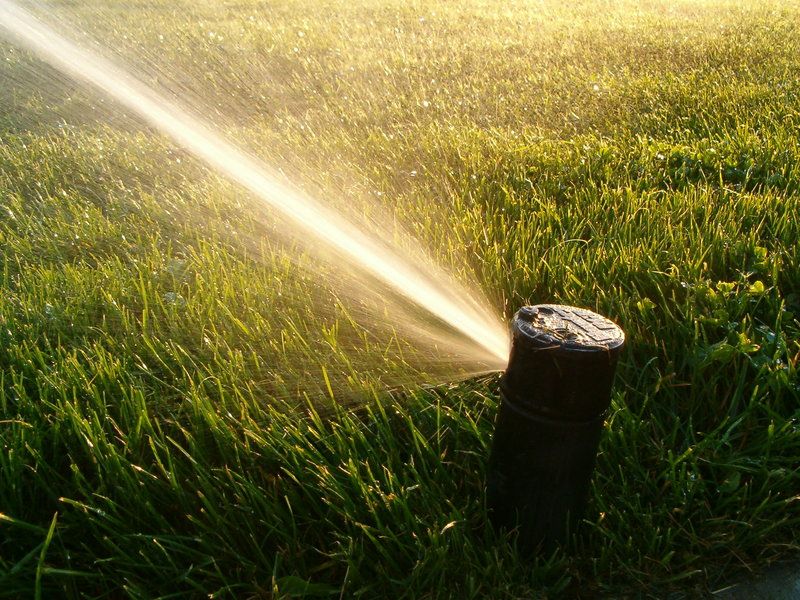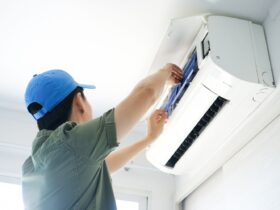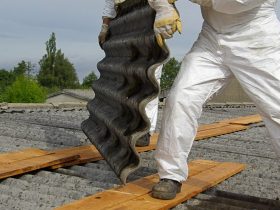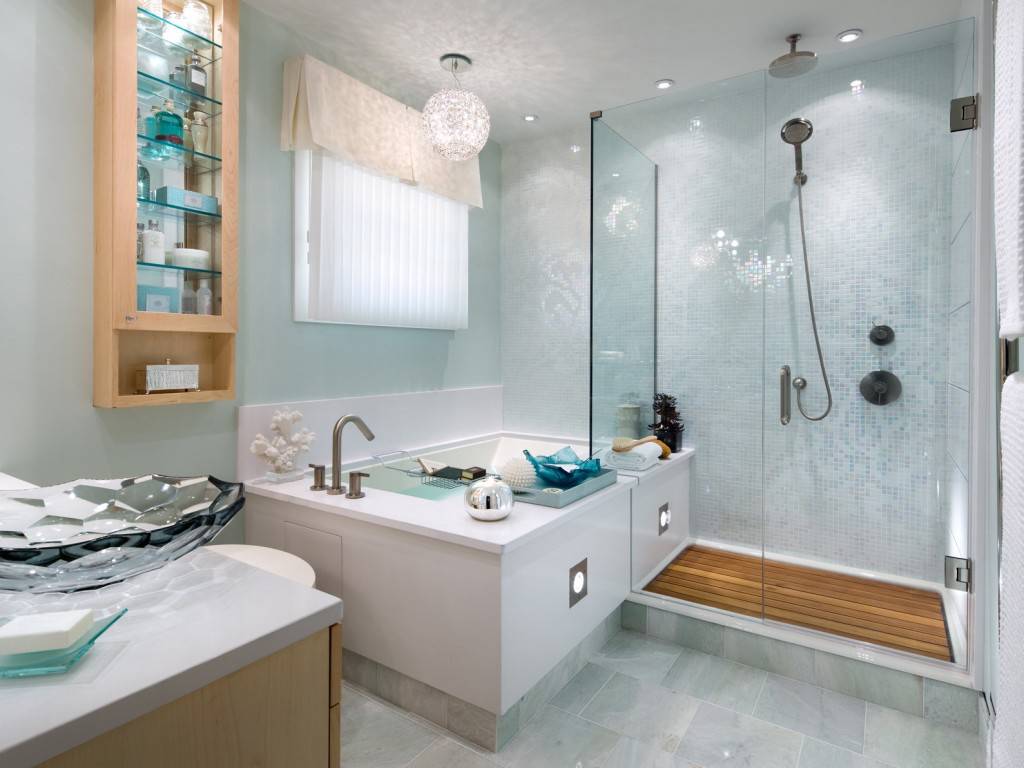According to a trusted lawn care company in Kirkwood, MO, when homeowners reach out to them for advice, the issue at hand can be attributed to mistakes in one or more three key areas — mowing, fertilizing, and irrigation.
But, just how hard is it to water a lawn?
Surprisingly, a lot of homeowners do not know how to water their lawns properly. This leads not only to a host of lawn care problems, but also to the waste of a precious resource — water.
If you notice a sudden change in your lawn and you have eliminated fertilizing and mowing out of the equation, you might want to start using these nifty tricks and tips from a veteran expert in lawn care in Creve Coeur, MO.
Soften the soil
One reason behind the lackluster appearance of your lawn may be the fact that water cannot penetrate the ground fully and deeply.
This happens when the topsoil on a property has been removed.
The best way to solve this problem is to soften the soil by allowing the water to soak it. Start by watering the soil for half an hour. Then, leave the water to soak the soil and then soak the soil again for another 39 minutes.
It is important to leave the water to soak. Otherwise, if you just water the soil for a full hour, the water will just run off and the soil will not soften.
Invest in the right gear
After the lawn mower, the next biggest investment you can make toward your lawn is a sprinkler.
But what type of sprinkler should you get?
According to the experts, the best type of sprinkler to invest in is a built-in lawn sprinkler. In terms of overall value, the built-in sprinkler is peerless.
However, if you are planning to move to another home in the near future and you do not want to make a commitment to a bigger investment, your next best option is a pulsating sprinkler.
This type of sprinkler can be easily attached to a garden hose and does an efficient job of irrigating your lawn because the streams of water are sprayed upward.
If you have a few extra dollars to spare, consider investing in a timer as well.
A timer will automatically shut off the water at the time you set it to do so. This eliminates the problem of overwatering, and water waste.
The best time to water your lawn
Morning is considered by many experts to be the best time to water a lawn.
For one, the temperature is cooler in the morning and wind speeds are typically slower. This means that the water goes into the soil and the grass, and is not blown away by the wind.
Another reason why it is better to water in the morning is because this allows the moisture to evaporate as the day goes by.
If you water in the evening, there is a high chance that there will be too much moisture left overnight. This can leave the grass vulnerable to fungi infestation.
Water deeply
“How deep?” you might ask.
Ideally, the water should reach down six inches below the soil. This allows the grassroots to grow stronger and more resilient over time.
But how, exactly, do you do that?
Start by digging six inches into the soil in one portion of your lawn. Then, begin watering your lawn, making sure to use a timer to monitor how fast it takes the water to reach six inches into the soil.
More is not necessarily better
One of the more common mistakes homeowners make when watering lawns is to think that the grass needs as much water as other plants in the garden.
You do not need to water your lawn every day.
How often should you water your lawn? The right answer will depend on a few factors, including the type of soil you have on your property.
But as a rule of thumb, the maximum amount of time you should water your lawn is twice a week.
Consult the experts
Unsure if you are doing lawn care correctly? Do not hesitate to consult the experts. Lawn care experts can easily provide you with invaluable advice on a variety of lawn care topics that will help you achieve a magazine cover-worthy lawn.










